Best Timing for Leather Couch Repairs
Leather couch repairs are most effectively performed during periods of stable indoor climate conditions. Optimal timing ensures better adhesion of repair materials and reduces the risk of further damage caused by humidity fluctuations or temperature extremes. Typically, the best time for repairs is during moderate weather when indoor environments are easier to control.
Spring and fall are ideal for repairs due to milder temperatures and consistent humidity levels, which help in proper adhesion and curing of repair products.
Perform repairs when indoor humidity is between 40-60% and temperatures range from 65-75°F for optimal results.
Refrain from scheduling repairs during summer heatwaves or winter cold snaps to prevent issues with drying and material adhesion.
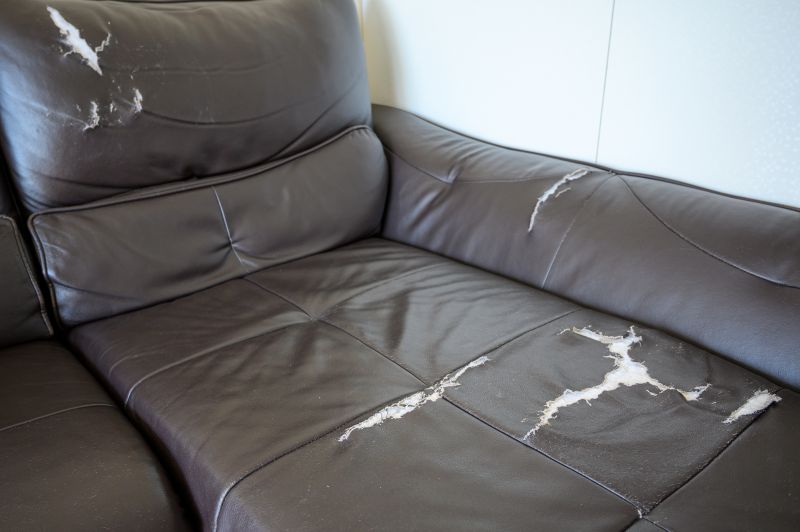
Ensures proper adhesion and reduces the risk of future damage.
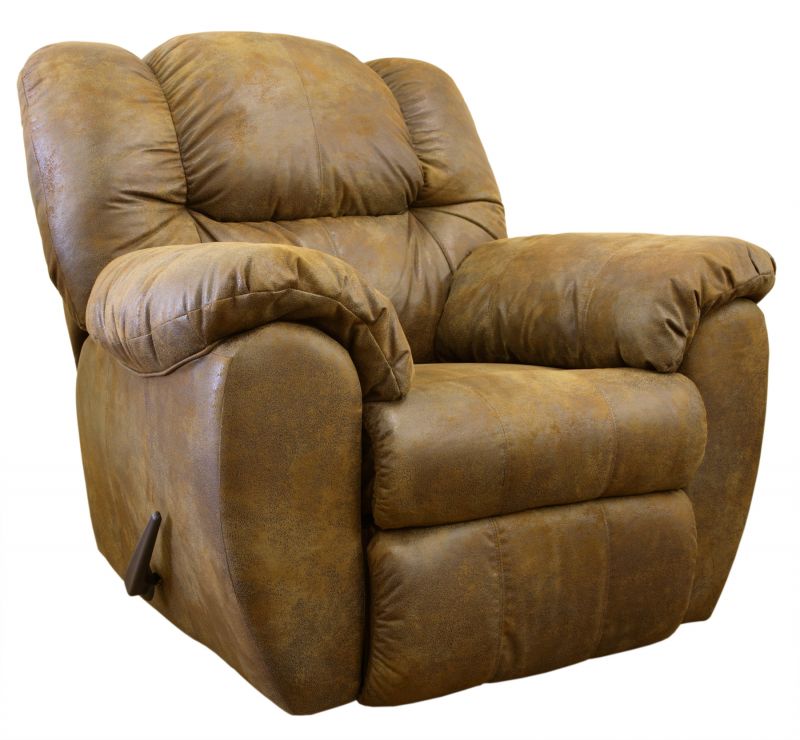
Spring and fall offer the most stable conditions for leather repair work.

Maintaining consistent temperature and humidity is crucial for successful repairs.

Ways to make Leather Couch Repairs work in tight or awkward layouts.
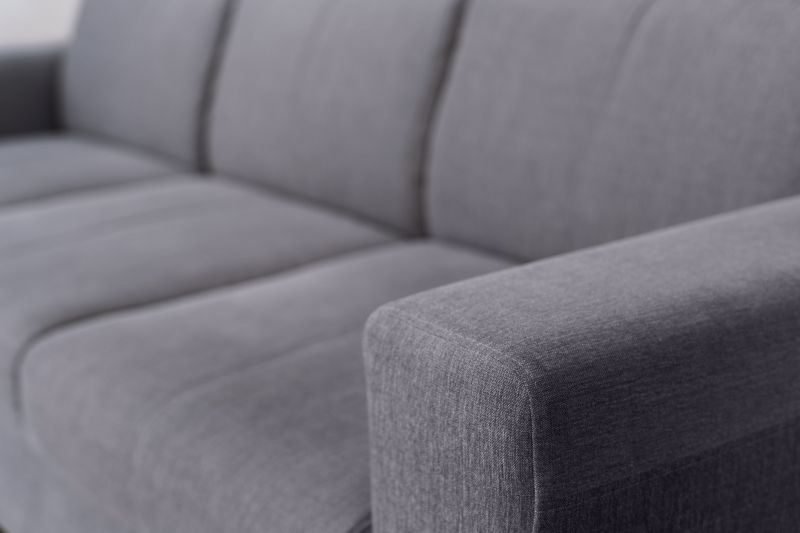
Popular materials for Leather Couch Repairs and why they hold up over time.
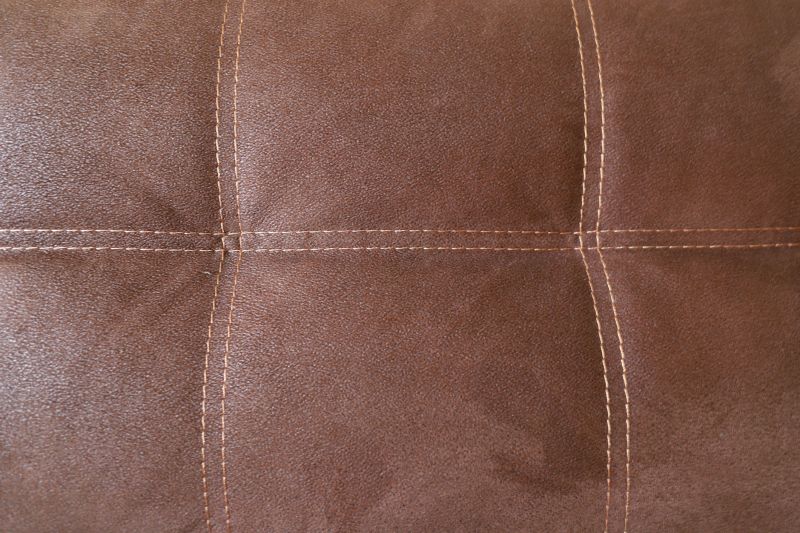
Simple add-ons that improve Leather Couch Repairs without blowing the budget.
Leather couch repairs involve addressing issues such as tears, scratches, discoloration, and surface wear. Professional repairs typically include cleaning, conditioning, patching, and color matching to restore the appearance and functionality of the leather. The process requires careful selection of repair materials compatible with the specific leather type and color. Proper timing enhances the longevity of repairs and maintains the leather’s natural qualities.
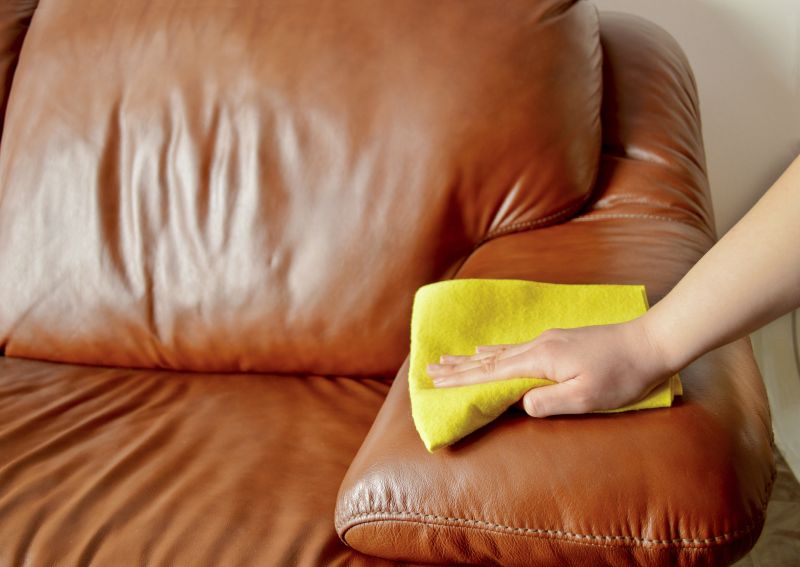
Includes cleaning, repairing, and conditioning to restore leather quality.
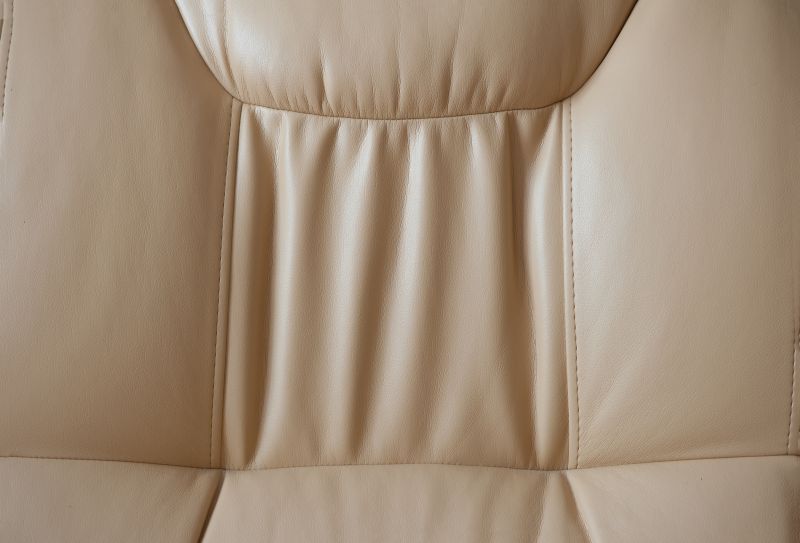
Patching, color matching, and surface refinishing are frequently used methods.
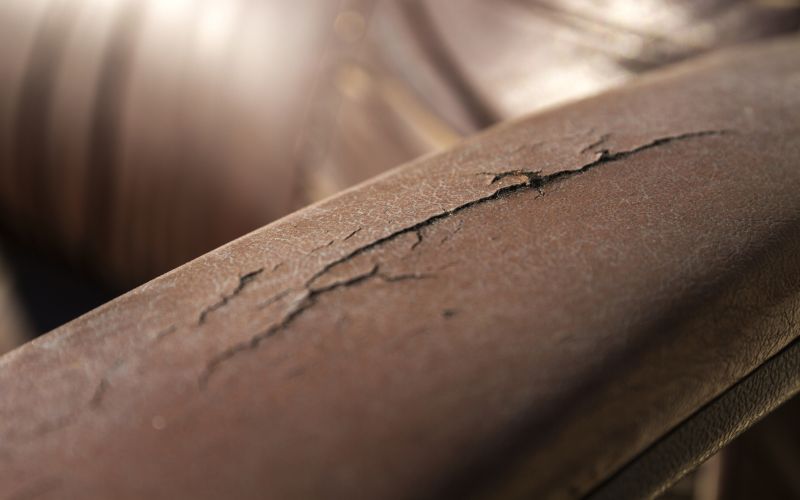
Regular conditioning helps prevent future damage and keeps leather supple.

Professional repairs ensure better results and longer-lasting outcomes.
| Aspect | Details |
|---|---|
| Best Seasons | Spring and fall |
| Ideal Indoor Conditions | Humidity 40-60%, Temperature 65-75°F |
| Weather to Avoid | Extreme heat or cold |
| Repair Duration | Typically 1-3 days depending on damage |
| Longevity of Repairs | Can last several years with proper maintenance |
| Common Issues Addressed | Tears, scratches, discoloration, surface wear |
| Professional Repair Benefits | Better color matching, longer-lasting results |



